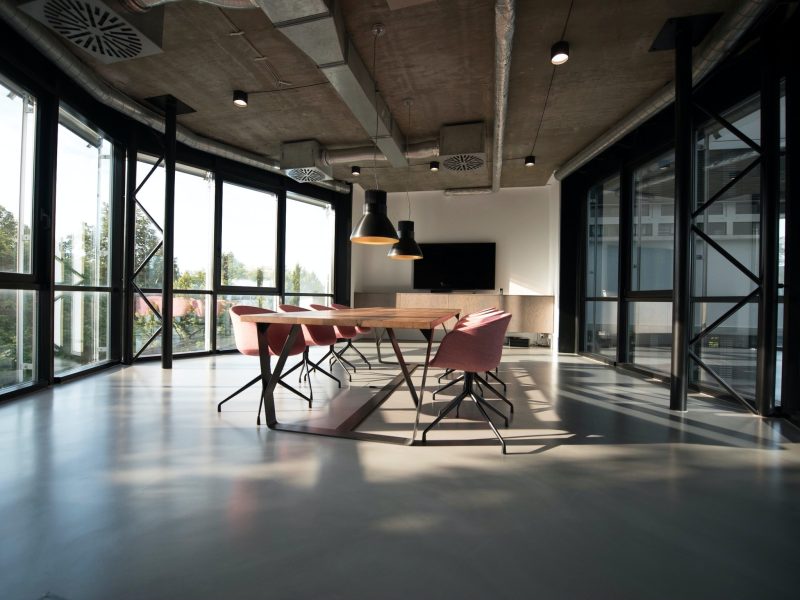A Guide to Creating a Loadshedding-free Office
For the past 15 years, load shedding has been a constant source of frustration for South Africans. The truth is that South Africa’s frail electrical infrastructure has had far-reaching consequences for the country’s commercial enterprises, nonprofits, households, and individuals. When it comes to supplying the grid power necessary to support South Africa’s economy and its people, state-owned electricity supplier Eskom has repeatedly fallen short.
Unfortunately for South Africans, inconsistent electricity and frequent blackouts have become the norm due to Eskom’s never-ending financial, resource, and operational woes. The impact of load-shedding on the backbone of the national economy, SMEs, has been particularly severe.
It’s unfair to expect business owners to shoulder the cost of energy saving measures when the sole major power provider in the country often cuts off their power. However, incorporating energy-efficient practises and technologies—such as installing power management systems, introducing eco-friendly equipment, or constructing energy-efficient systems—into your business operations can make dealing with those inconsistent power supplies much easier.
A word on strategy before we go into the tech. Because of how frequently the schedule is subject to change, we recommend subscribing to news alerts or enabling push notifications.
You may get the latest updates sent straight to your phone with the EskomSePush app. Keep up with Eskom, City Power in Johannesburg, and the City of Cape Town by following their respective social media accounts. To find out more about the best printers for sale in South Africa, or our affordable copier rentals, get in touch with a consultant today. We also offer SME financing options too.
If you know when the power will go out in your location, you can tell your employees to work remotely or postpone their tasks for when the electricity will come back on. In the event of a blackout, businesses can take a variety of steps to reduce their impact. This how to get your office loadshedding-free.

Uninterrupted Power Supply
A UPS allows users to save their work, close all open programmes, and safely shut down their computers in the event of a power outage. The UPS will keep your devices powered until you’ve had a chance to save your work following a power outage, even if you have backup generators.
When the power goes off, the batteries in an uninterruptible power supply (UPS) kick in. Your backup power supply includes sensing technology that may identify power outages on the grid. Technology like this ensures that your WiFi network and laptop will survive a power outage unscathed.
However, a UPS does more than only prevent damage in the event of a blackout. They can also keep your Wi-Fi router powered and operational as backup. Even when load shedding is in effect, you have access to reliable electricity and plenty of time to do any pressing work on your computer.
Inverter Systems
A power inverter is a piece of power electronic equipment or circuitry that can convert DC current to AC current. Whatever device is used determines the resulting alternating current frequency.
It is up to the design of the device or circuitry to determine the input voltage, output voltage and frequency, and total power handling. It is the DC source, not the inverter, that provides electricity.
There is a wide range of inverters on the market, each with their own unique specifications. Power inverters with a capacity of 3000 kilowatts (kW) are well-suited for usage in smaller homes, while those with a capacity of 5000 kW to 12 kW are more suited to larger homes as well as commercial and industrial facilities.
An inverter will usually work for you for 5-10 years. Proper installation of your inverter is crucial for achieving maximum efficiency from it. Our experts can also suggest an optimal site for the installation.
Generators
A generator does not ‘produce’ electricity, and this is a crucial distinction to make. Instead, it converts the mechanical energy into electric energy by forcing charges in the wire of its windings to flow through an external electric circuit. The generator’s output electric current is the result of this flow of electric charges. To better understand this operation, think of the generator as a water pump, which facilitates the flow of water but does not “create” the water itself.
You must ensure that the commercial generator you purchase can handle your company’s electrical demands. Despite its apparent simplicity, under-sizing is the leading cause of unsuccessful generator acquisitions.
If your generator is too small, you risk damaging it and your property while trying to power your equipment. A compliant engineer will assess your needs by hooking up a voltage recorder to your power supply to record your electrical consumption for a minimum of 48 hours and preferably 72 hours.

Solar Energy Systems
Solar power still ranks among the most cost-effective methods of producing electricity. With a well-designed solar PV system, your company can drastically cut its monthly electricity costs and become less dependant on the national grid during load-shedding.
It also affects a company’s bottom line. Since March 1st, 2023, businesses can write off 125% of their solar system’s installation and startup expenditures under Section 12B capital allowance. If a business spends R150,000 on a solar energy system and the provider issues a valid VAT invoice, the company can deduct the VAT at the rate of 15% from its taxable income. The R40,500 in savings would be attributable to income tax if the R150,000 was VAT-free. Income tax deductions are available for the full cost of a solar energy system installation, with no upper limit.
We recommend you check out the versatility of multi-function printers, if you liked this article. Contact us for more information.
